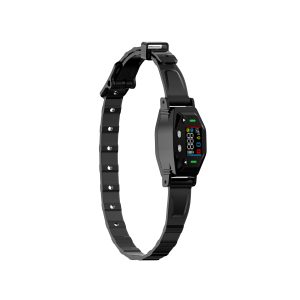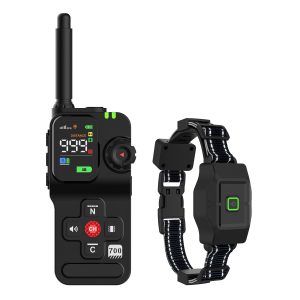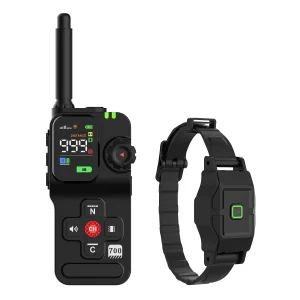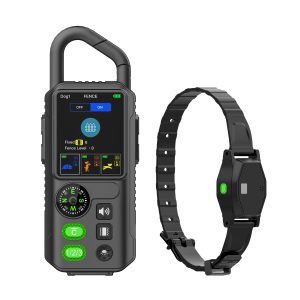The Ultimate Guide to Overcoming Slopehill Dog Training Collar Issues
Training your furry friend is a rewarding experience, but what do you do when faced with challenges using the Slopehill dog training collar? Common problems like inconsistent shocks, device malfunctions, and incorrect collar fitting can hinder your training progress. In this comprehensive guide, we address these issues head-on and provide practical solutions, ensuring a seamless training experience for you and your pup.
1. Inconsistent Shock Delivery
One of the most frustrating problems users encounter with the Slopehill training collar is inconsistent shock delivery. This inconsistency can confuse your dog and make the training process ineffective. To tackle this issue, start by checking the battery level of the collar receiver. Low battery power can result in uneven shocks. Always ensure the collar is fully charged before each training session.
Furthermore, consider adjusting the shock settings to match your dog’s size and temperament. Each dog is unique, and what works for one may not work for another. Experiment with different shock levels to find the one that effectively captures your dog’s attention without causing distress.
2. Device Malfunctions
Another common problem users face is device malfunctions. If your Slopehill training collar suddenly stops working or malfunctions during a training session, it can disrupt the flow of your training program. To address this issue, conduct regular maintenance checks on the collar components. Clean the contact points and ensure they are free from dirt and debris that might interfere with proper operation.
If the device continues to malfunction, reach out to the manufacturer’s customer support for assistance. They can provide troubleshooting tips or offer a replacement if necessary. Remember, a well-maintained device is essential for effective training sessions.
3. Incorrect Collar Fitting
Improper collar fitting can lead to discomfort for your dog and potentially harm them. A collar that is too tight can cause skin irritation, while a loose collar may not deliver shocks effectively during training. Always follow the manufacturer’s guidelines on how to fit the Slopehill training collar properly.
Regularly check the fit of the collar as your dog grows or gains/loses weight. A snug but not tight fit is ideal to ensure the collar functions correctly and your dog remains comfortable. Remember, your dog’s well-being is paramount during training sessions.
4. Training Technique Adjustments
Lastly, consider adjusting your training techniques if you encounter persistent issues with the Slopehill training collar. Positive reinforcement and consistency are key to successful training. Avoid solely relying on the collar to correct behavior; combine it with verbal cues and rewards to reinforce good behavior.
Additionally, seek guidance from professional trainers or behaviorists if you are struggling to use the training collar effectively. They can provide tailored advice based on your dog’s specific needs and behaviors.
By addressing these common problems and implementing the suggested solutions, you can enhance your training sessions and strengthen the bond with your furry companion. Remember, patience and persistence are crucial when training your dog, and overcoming challenges will only make your bond stronger.




